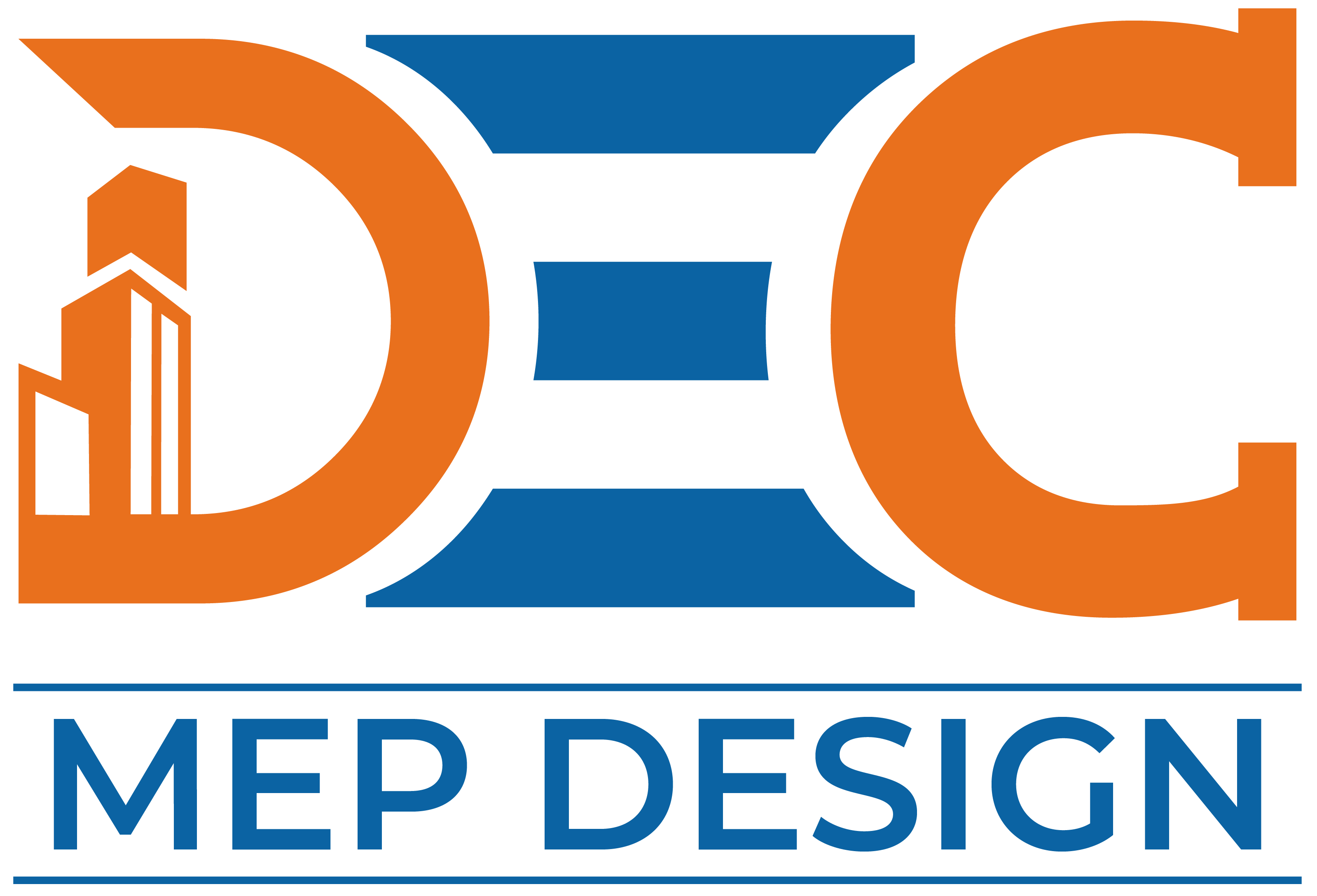Is Your Engineering Consulting Firm Getting Too Expensive?
In today’s competitive business world, cost engineering counseling firm companies are significant contributors to innovation, design, and the implementation of new solutions. From technical assistance at advanced levels to feasibility studies on projects, these firms are ACE companions. Still, they bring to the table with everyone; it is not rare for customers to start questioning their service expenses. Is your engineering counseling company proving to be very expensive? Let us note why this can happen, how to determine the value given by them, and how to make your system more effective.
Understanding the engineering counseling firm’s cost structure. Engineering counseling companies typically bill by time, resources, and talent. Their prices represent:
- Specialized Knowledge: Technical Advisor and Engineer provide years of education, certificates, and experience. Their knowledge is important in fixing those complex problems that are not necessarily to address internal.
- Advanced Tools and Technology: Consultation firms invest in high-level software, simulation equipment, and other equipment to provide accurate solutions, which are reflected in their prices.
- Overhead Costs: firm operational costs include office space, administrative personnel, compliance, and insurance.
- Project Complexity: The duration of the project, difficulty, and scope affect the cost. Although these parameters warrant to some extent consultation fee, companies need to consider whether the cost is worth the price received.
While these factors justify consulting fees to some extent, businesses must evaluate if the expenses align with the value received.
Signs Your Consulting Firm Might Be Too Expensive
- Recruitment Budget Breakdown: When the cost of projects is above constant estimates, it may be a sign of inability to execute or plan.
- Limited Transparency: Are you uncertain as to how the cost is determined or where resources are used? Limited transparency can be a red flag.
- Stagnant Value Delivery: If the firm’s product does not change with your growing requirements or maintains synergy, it may not be worth its fee.
- Over-Reliance on Consultants: Sometimes, firms are encouraged long busy that it can be more expensive than up-a-way to their in-house team.
Strategies to Address Rising Costs
If your engineering consulting firm feels too expensive, consider these actionable strategies to optimize value:
- Establish Clear Purposes: Explicitly define your objectives and deliverables before hiring a consultant. Well-defined scope avoids misunderstandings and wasteful expenditures.
- Negotiate Pricing Structures: Negotiate other cost structures like fixed-fee arrangements or payments tied to milestones to connect costs to project results. Bulk orders or multiple-requirement agreements may also provide discounts.
- Evaluate Their ROI: Assess the measurable outcomes of their work. For instance, did their solution reduce production downtime, improve efficiency, or save operational costs? If the benefits outweigh the costs, the firm is likely worth the investment.
- Seek Competitive Bids: Benchmarking with other consulting firms can provide insights into market rates and alternative providers. However, remember that the cheapest option isn’t always the best.
- Invest in In-House Capabilities: If you keep coming back to consultants for repeat work, invest in training your in-house team or directly hiring specialists. Although it involves an initial outlay, it pays off in the long term.
- Monitor Progress Closely: Be a part of the project by asking for frequent follow-ups, comprehensive reports, and performance measures. Active monitoring helps in holding people accountable and enables you to fix problems early on.
Alternatives to Traditional Consulting
For businesses looking to reduce reliance on traditional engineering consulting firms, consider these cost-effective alternatives:
- Freelance Consultants: Engaging independent freelancers can avoid the overhead expenses of larger companies.
- Collaborative Platforms: Working with cloud platforms such as Upwork or Total provides access to international engineering talent at a cost-effective price.
- Software-as-a-Service (SaaS) Solutions: Most engineering challenges are now resolvable using SaaS solutions, minimizing the role of human intervention.
- University Partnerships: Partnering with academic institutions for research and development initiatives commonly yields high-quality solutions with less expense.
Conclusion
Engineering consulting firms can offer tremendous value, but rising costs should always be scrutinized. By understanding their pricing structures, assessing ROI, and exploring cost-saving strategies, businesses can ensure their consulting engagements remain a worthwhile investment. Whether renegotiating terms, seeking alternative providers, or building in-house expertise, a proactive approach to managing these relationships is key to maintaining both quality and cost-effectiveness.
When evaluating whether your cost engineering consulting firm is getting too expensive, the ultimate question is this: Are you paying for solutions or just services? A focus on value-driven partnerships ensures that every dollar spent contributes directly to your growth and success.
We believe in value-driven partnerships that prioritize transparency, efficiency, and results. If you’re considering a new project, reassessing your current engineering consulting arrangements, or simply looking for expert insight, our team is here to help. From MEP-FP design and cost optimization to compliance and project execution.
How-to: Reevaluate the Value of Your Engineering Consulting Firm
- Conduct a Cost-Benefit Analysis
List the fees paid to your consulting firm over the past year and compare them with the tangible results achieved (e.g., cost savings, faster project delivery, regulatory approvals). Identify areas where ROI is clearly evident — or lacking.
- Set Performance Benchmarks
Define what success looks like for your consulting engagements. Include delivery timelines, technical milestones, communication frequency, and measurable improvements. Use these benchmarks to evaluate ongoing or future performance.
- Review Contracts and Invoices
Carefully analyze billing practices. Are you being charged for unnecessary meetings or unclear items? Is the time spent on tasks justified? Clarify all gray areas to eliminate hidden costs.
- Collect Internal Feedback
Ask your internal team (engineers, project managers, procurement, etc.) for their views on the firm’s effectiveness. Is the external input helping them grow, or is it creating bottlenecks?
- Compare Against Alternatives
Get proposals or rate sheets from 2–3 competing firms or freelancers to see how your current partner stacks up. Use this for leverage during renegotiation, or to justify a switch if needed.
- Reassess Your Needs
Are your consulting needs short-term or ongoing? Could upskilling your in-house team reduce reliance? Map out a 6–12 month plan for gradually reducing over-dependence.
Frequently Asked Questions
If you consistently experience project overruns, minimal innovation, or a lack of transparency, despite high costs, it may be time to review what you’re getting for your investment.
Not necessarily. First, try renegotiating the scope, pricing model, or deliverables. If the firm remains inflexible and the value isn’t improving, exploring other providers is a smart next step.
For well-defined projects, yes. Fixed-price or milestone-based contracts provide clarity, budget control, and align costs with actual results. Hourly billing works best for open-ended or exploratory work.
Absolutely. Identify repetitive or lower-complexity tasks and consider hiring or training staff internally. Over time, this reduces costs and builds internal expertise.
Look for performance metrics like reduced project time, regulatory approvals, compliance success, cost savings, system efficiency, or even avoided penalties. Qualitative improvements, such as enhanced team knowledge or streamlined processes, also count.
Vague deliverables
Repetitive delays
Lack of proactive suggestions
Over-dependence on your internal team
Rising fees with no improved outcomes





No comment